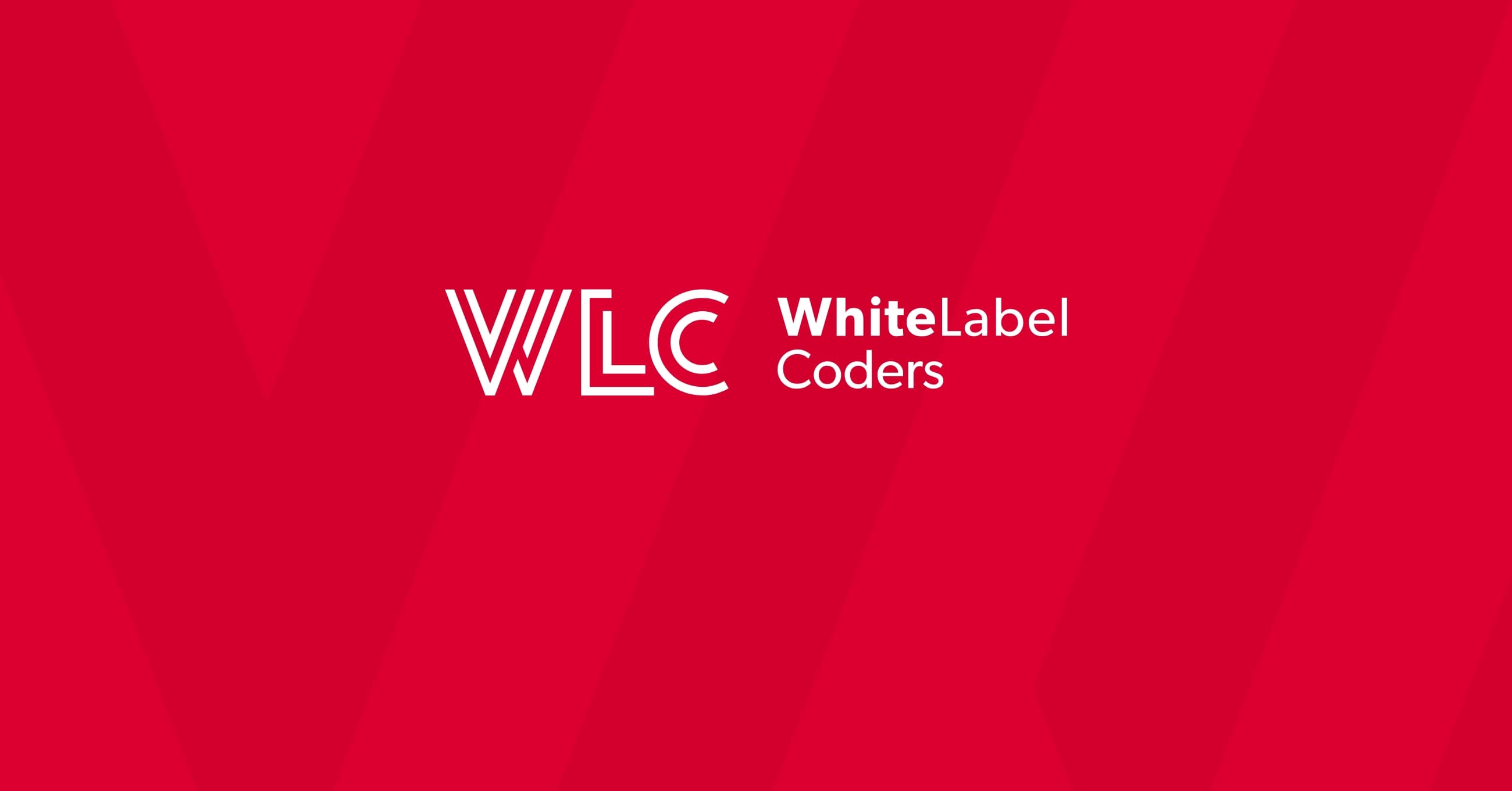Category: SEO AI
Can you fully customize WordPress?

Yes, you can fully customise WordPress to meet virtually any business requirement. WordPress offers complete flexibility through custom themes, plugins, database modifications, and core functionality changes. While some technical limitations exist, the platform’s open-source nature allows developers to create sophisticated, tailored solutions ranging from simple websites to complex web applications.
Understanding WordPress customisation possibilities
WordPress stands out as one of the most customisable content management systems available today. Unlike rigid platforms that lock you into predetermined structures, WordPress provides multiple layers of customisation that can transform it into virtually any type of digital solution.
The customisation spectrum ranges from simple visual tweaks to complete architectural overhauls. You might start with basic colour changes and progress to building entirely custom post types, user roles, and database structures. This flexibility explains why WordPress powers everything from personal blogs to enterprise-level applications.
Businesses choose WordPress for custom development projects because it offers the perfect balance of accessibility and power. The platform’s hook and filter system allows developers to modify core functionality without touching WordPress core files, ensuring updates remain seamless whilst maintaining custom features.
What does full WordPress customisation actually mean?
Full WordPress customisation means modifying every aspect of your site’s functionality, appearance, and behaviour to match your exact requirements. This goes far beyond changing colours or fonts – it involves reshaping how WordPress operates at its core.
Surface-level customisation includes theme modifications, plugin installations, and basic settings adjustments. These changes work within WordPress’s existing framework without altering fundamental structures. Deep customisation, however, involves creating custom post types, modifying database schemas, building bespoke admin interfaces, and developing unique user workflows.
You can modify user authentication systems, create custom API endpoints, integrate with external services, and even change how WordPress handles content storage and retrieval. Professional WordPress custom development services often tackle these complex modifications to deliver truly unique digital experiences.
How far can you customize WordPress themes and appearance?
WordPress theme customisation extends from simple CSS modifications to complete custom theme development. You have virtually unlimited control over your site’s visual presentation and user interface elements.
Custom CSS allows you to modify existing themes without touching core files. Child themes provide a safe way to make more substantial changes whilst preserving the ability to update parent themes. For deeper modifications, you can create custom page templates, modify template hierarchy, and build entirely new layout structures.
Complete custom theme development offers maximum flexibility. You can create responsive designs, implement custom post type displays, integrate advanced JavaScript functionality, and build sophisticated user interfaces. Modern WordPress themes can incorporate complex animations, interactive elements, and dynamic content loading systems.
Custom post types and fields extend theme capabilities beyond standard pages and posts. You might create property listings, team member profiles, or product catalogues with unique display templates and filtering systems.
Can you create custom functionality in WordPress without plugins?
Absolutely – WordPress provides multiple ways to add custom functionality directly through your theme’s functions.php file or custom plugins. This approach often delivers better performance and tighter integration than relying on third-party plugins.
WordPress’s hooks and filters system allows you to modify core functionality without editing WordPress files. You can intercept data processing, modify output, add custom fields, and create entirely new features using these built-in mechanisms.
Custom post types and fields can be registered programmatically, giving you complete control over data structures. You might create custom user roles with specific capabilities, build unique admin interfaces, or develop custom API endpoints for mobile applications.
Database modifications allow you to store custom data efficiently. You can create additional tables, modify existing structures, and implement complex data relationships that support sophisticated web applications.
What are the limitations of WordPress customisation?
WordPress does have constraints that developers must consider when planning custom solutions. Understanding these limitations helps you make informed decisions about platform suitability for specific projects.
Performance can become challenging with extensive customisation. Heavy database queries, numerous custom post types, and complex plugin interactions may slow your site. Proper caching strategies and optimised code become crucial for maintaining speed.
Security implications increase with customisation complexity. Custom code introduces potential vulnerabilities if not properly validated and sanitised. Regular security audits and following WordPress coding standards help mitigate these risks.
Some enterprise-level requirements might exceed WordPress’s natural capabilities. Real-time applications, complex user permission systems, or high-frequency data processing might benefit from purpose-built solutions rather than extensive WordPress modification.
How do you approach complex WordPress customisation projects?
Successful complex customisation requires structured planning and systematic development approaches. Professional development teams typically follow established methodologies to ensure project success and maintainability.
Planning begins with detailed requirements analysis and technical architecture design. This includes database schema planning, API integration strategies, and performance optimisation considerations. Clear documentation ensures all stakeholders understand project scope and technical decisions.
Development workflows incorporate version control, staging environments, and automated testing. Agile methodologies allow for iterative development and regular client feedback, ensuring the final product meets expectations whilst remaining flexible to changing requirements.
Testing methodologies include functionality testing, performance benchmarking, security auditing, and cross-browser compatibility verification. Quality assurance processes catch issues before deployment and ensure robust, reliable solutions.
Collaboration strategies involve regular communication between developers, designers, and stakeholders. Clear project management and transparent progress reporting keep everyone aligned throughout the development process.
Key takeaways for WordPress customisation success
WordPress offers exceptional customisation capabilities that can transform it into virtually any type of digital solution. From simple visual modifications to complex web applications, the platform’s flexibility accommodates diverse business requirements.
For basic customisation needs, WordPress’s built-in tools and existing themes provide excellent starting points. Medium complexity projects benefit from custom theme development and strategic plugin integration. Complex requirements often necessitate extensive custom development and professional expertise.
Consider seeking professional development services when your project involves complex integrations, custom user workflows, or performance-critical applications. Experienced developers can navigate WordPress’s intricacies whilst delivering maintainable, scalable solutions that grow with your business needs.
Remember that successful customisation balances functionality with performance, security, and maintainability. Well-planned custom WordPress websites deliver exceptional user experiences whilst remaining manageable and updatable over time.

